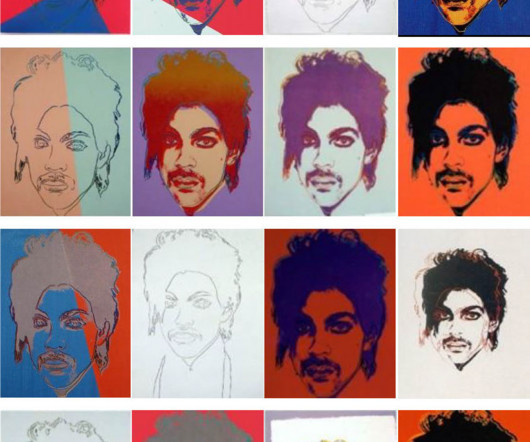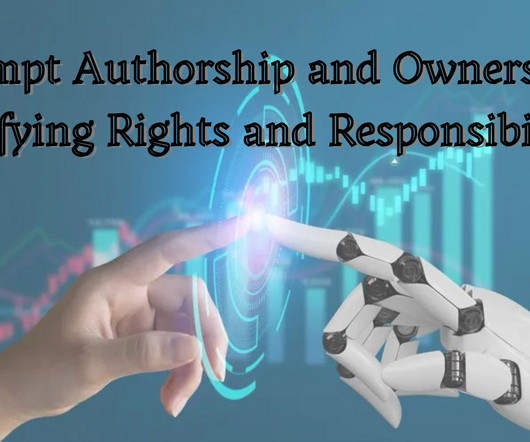When is a derivative work original and thus protectable by copyright? Classicist’s critical edition makes its way to Luxembourg in fresh Romanian CJEU referral
The IPKat
JANUARY 17, 2024
Translated into copyright language: a critical edition is an example of derivative work. Derivative works under EU law So far, the CJEU has tackled derivative works from the perspective of infringement, not copyright subsistence. Despite (or rather because of ?) Indeed, in Institutul G.

















Let's personalize your content